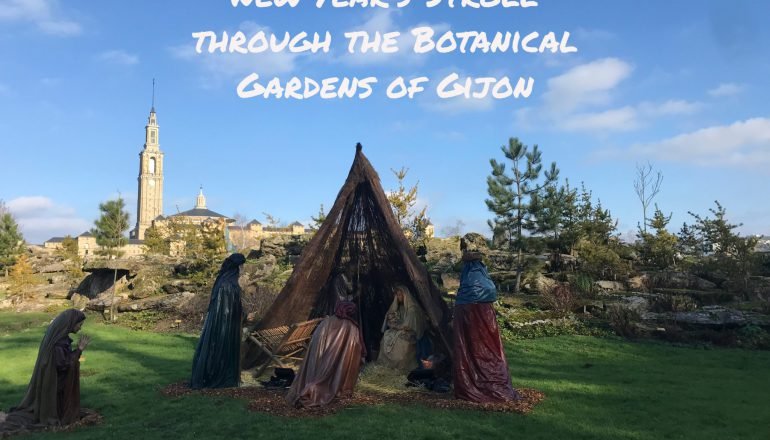On this cold but very sunny day in early January 2019 we decide to visit the Botanical Gardens of Gijon. Not really knowing what to expect, we are positively surprised by its size, variety and accessibility. The garden turns out to be a great place to learn more about different ecosystems, plants, birds, or ‘just’ walk around and discover hidden paths. Ultimately, we spend half a day wondering around and just seeing half of it, meaning we are planning to go back soon!
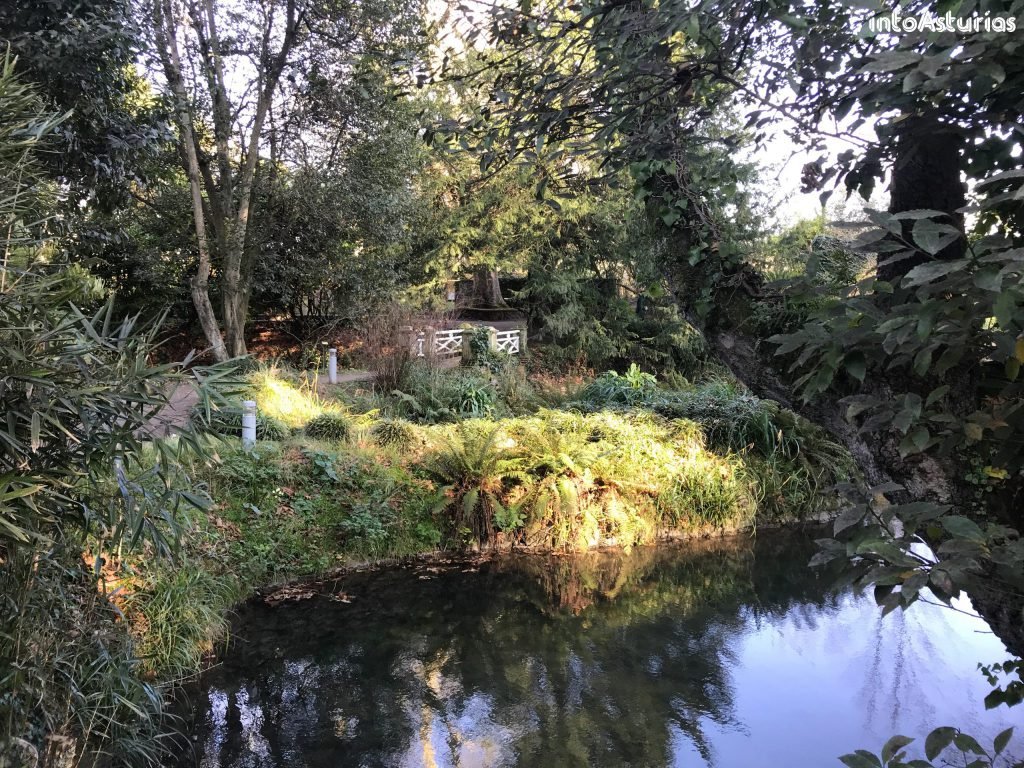
The Botanical Gardens offer an overview of the flora from areas around the Atlantic Ocean. More than 30.000 plants and 2500 different species are present on an area of 25 ha, of which 16 ha are publicly accessible. The garden is divided into four zones or thematic areas. First, the Cantabrian Environment with a ‘miniature’ representation of its various ecosystems. Second, the Plant Factory, where you can learn more about pollination and medicinal and religious use of plants, for example. Third, La Isla Garden, with many historical and landscape elements. And fourth, the Atlantic Route, a route through different types of forests.
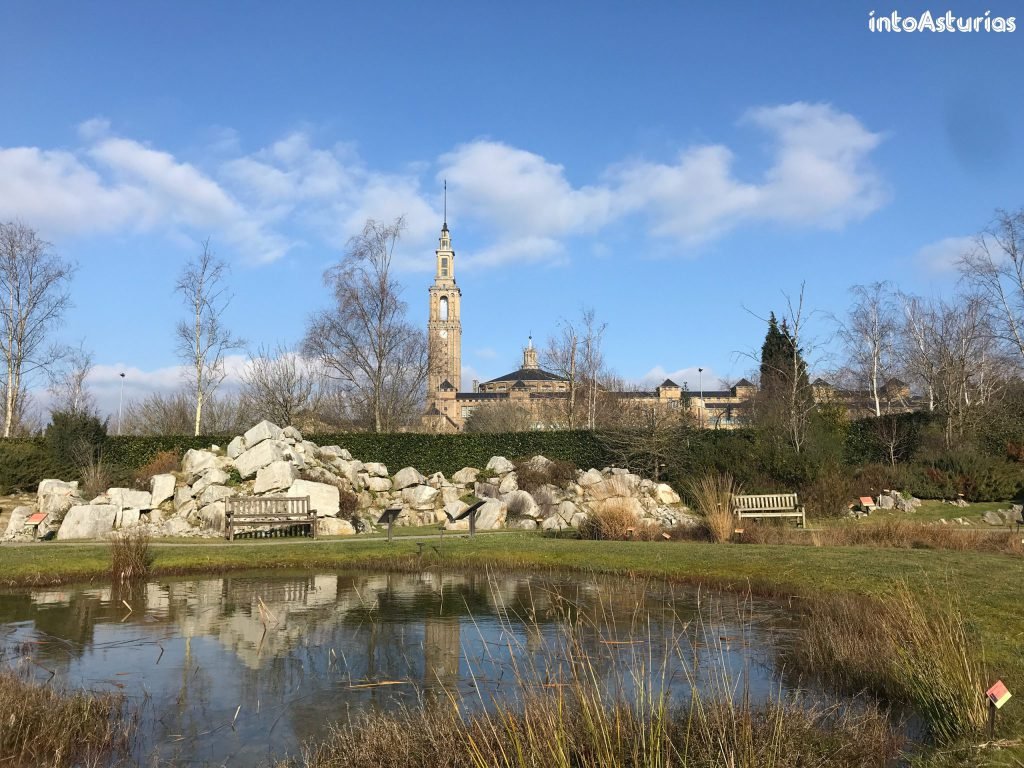
We can decide to wander around and choose our own route or follow one of the designated routes which range 1-2 hours. We choose the latter and embark on the Atlantic Route, which covers more or less the whole garden. The route starts at the information center with a nice collection of nature-related books and toys.
From there, we quickly arrive at the natural labyrinth, and to find the way out is challenging for both kids and adults! Luckily, there are hints available at every crossroad. This means that you need to answer questions about the flora and fauna of Asturias to find the right direction. This is not always easy! Do you know for example the answer to these questions? What type of rock predominates in the Picos de Europa (A: limestone, B: sandstone or C: granite)? And which tree, that is usually found in the Mediterranean, can you find in places with a special micro climate in Asturias (A: ash tree, B: pedunculate oak or C: holm oak)? Luckily, thanks to some native Asturians, we find our way out and continue the route.
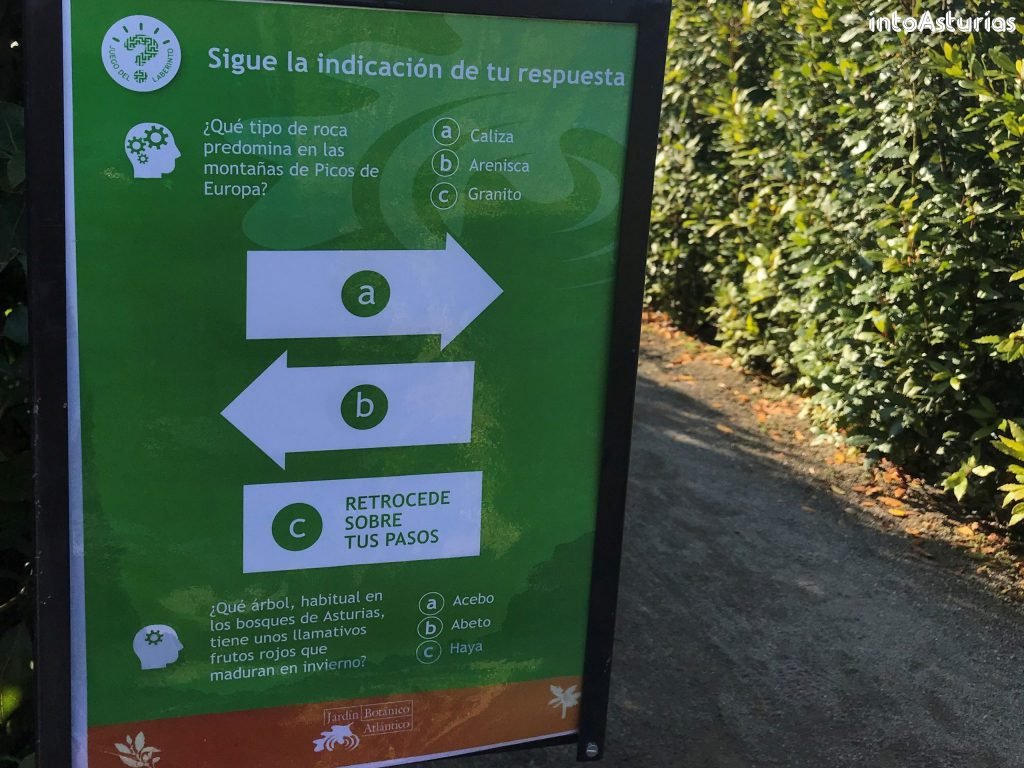
Along the way, we pass a ‘Belén’, a native Christmas scene nicely spread through the landscape. Also, we find many informative panels, a small museum and bird watching spots. We end up in quite a large forest, or actually, multiple forest types next to each other, including boreal and temperate forests of North-America and Europe. We do not have time to explore the whole forest. Therefore, we head to the kids’ forest, where children can play and learn about nature simultaneously.
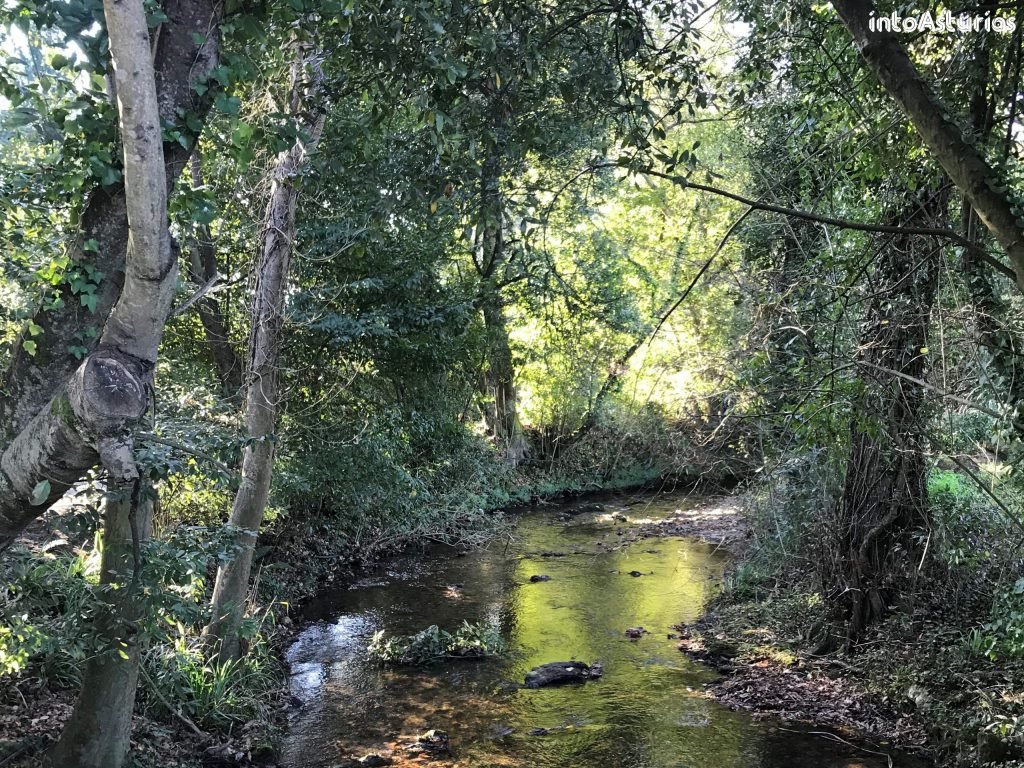
In short, it is very worthy to visit the garden, whether you are interested in plants, animals (birds) or just like to have a walk in a nice, quiet and green environment close to the city of Gijon. There is a bus stop right in front of the entrance. The main panels provide information both in Spanish and in English, which is quite unique for the places we visited so far. For not even 3 euros (kids are for free!) you can enjoy yourself here a whole day. Furthermore, all kind of activities are organized every season, making it worth a visit throughout the year!
Do you want to know more about the botanical gardens or Gijon and its surroundings? Send a message to debora.de.block@intoasturias.com and I will give you more information!

